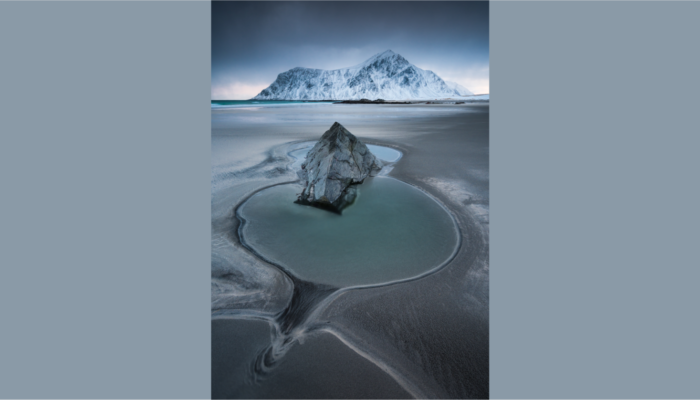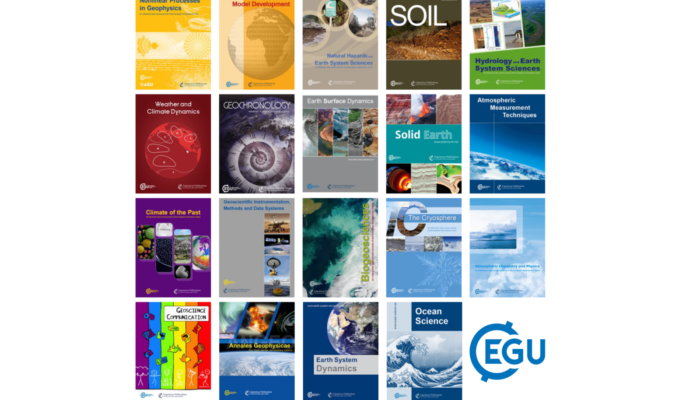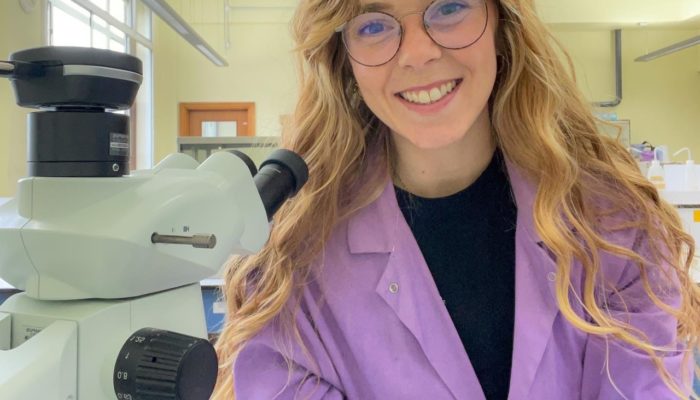Each month we feature specific Divisions of EGU and during the monthly GeoRoundup we put the journals that publish science from those Divisions at the top of the Highlights roundup. For June, the Divisions we are featuring are: Ocean Sciences (OS), Nonlinear Processes in Geosciences (NP), and Geoscientific Instrumentation, Methods and Data Systems (GI). They are served by the journals: Ocean Scien ...[Read More]
Imaggeo On Monday: Where mountains meet the sea

Skagsanden beach is a stunning destination located in the Lofoten archipelago in Norway. This beautiful white sandy beach stretches for 800 meters and offers breathtaking views of the surrounding mountains and crystal-clear waters. From a geological standpoint, Skagsanden beach is a fascinating site. It is believed that the beach was formed by the erosive power of the sea, which shaped and sculpte ...[Read More]
The world of hydrography calls for more hands on deck
This week on 21st June, governments around the world observed World Hydrography Day to celebrate the role of hydrography in understanding the seas. Though initially thought to be a field limited to the navigation of ships, hydrography is being increasingly recognized for its knowledge contribution to the oceans, seas, coastal areas, lakes and rivers, as well as with predicting their change over ti ...[Read More]
GeoTalk: meet Freija Mendrik, researcher of microplastics pollution in coral reefs!
Hi Freija. Thank you for joining us today! Could you tell our readers a bit about yourself before we dive in? Hi Simon, thanks for inviting me! I’m a marine scientist based in the UK specialising in microplastic pollution but my work has taken me across many different disciplines from physical geography to ecotoxicology. Recently my research has focused on trying to understand what impacts the tra ...[Read More]



